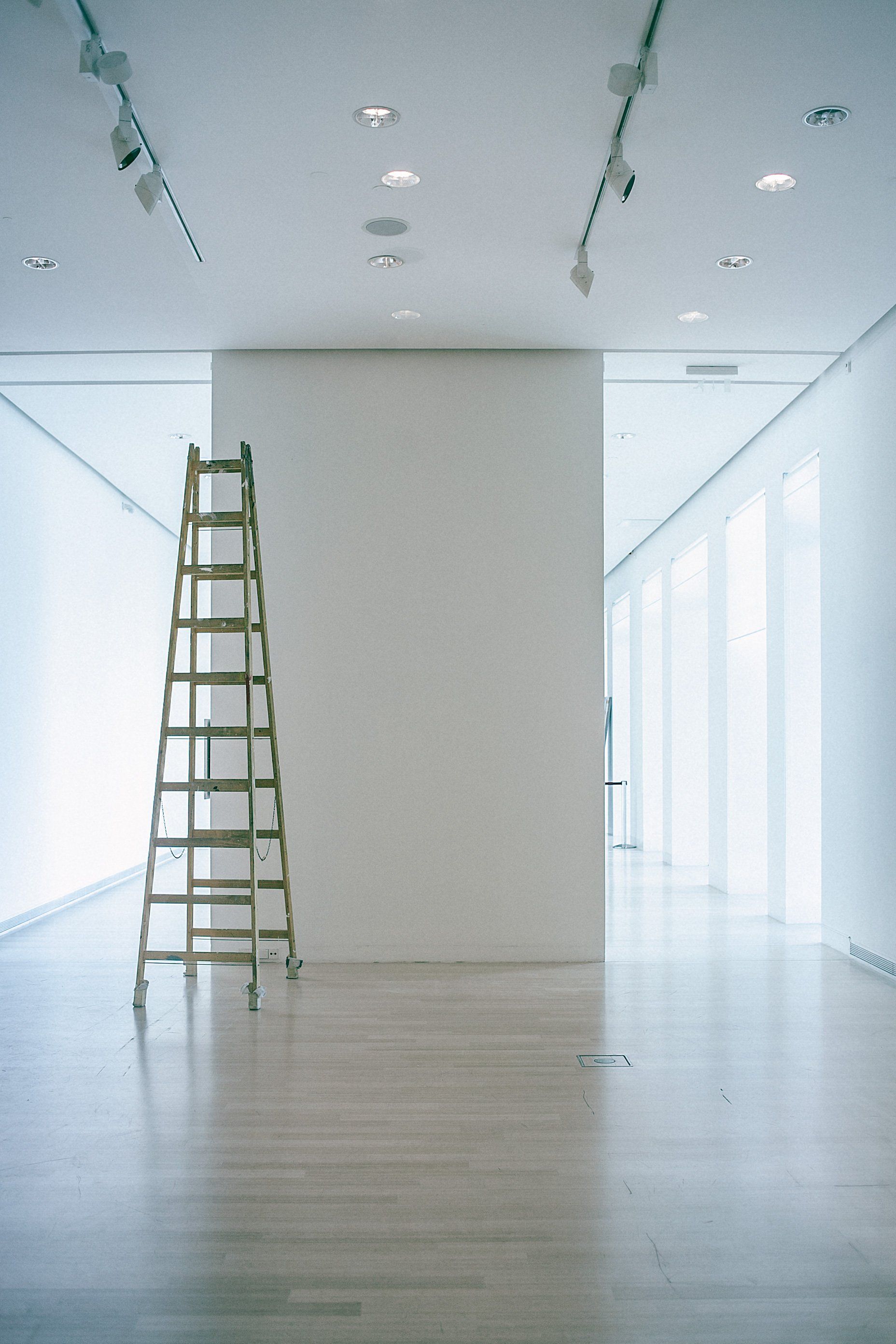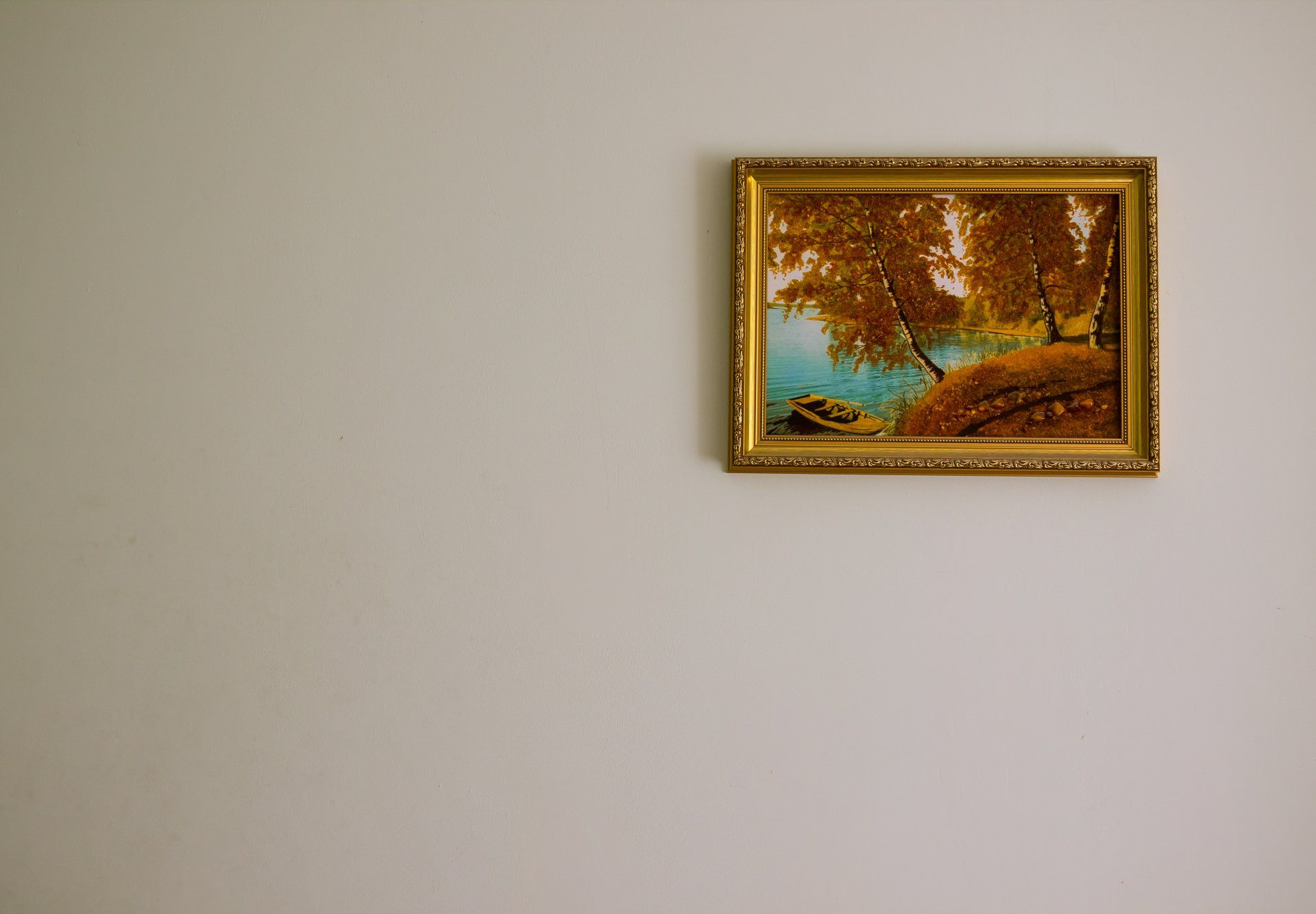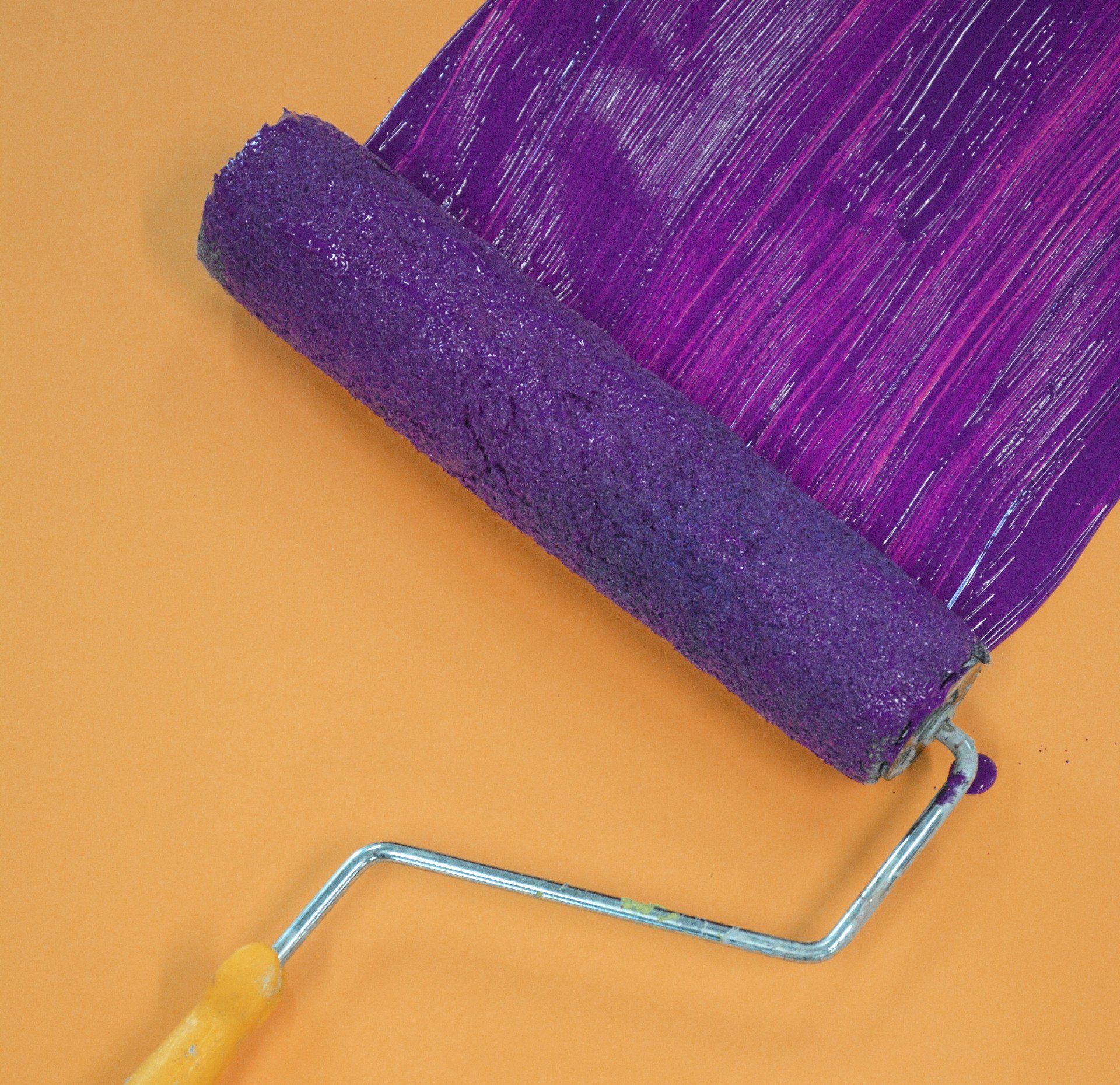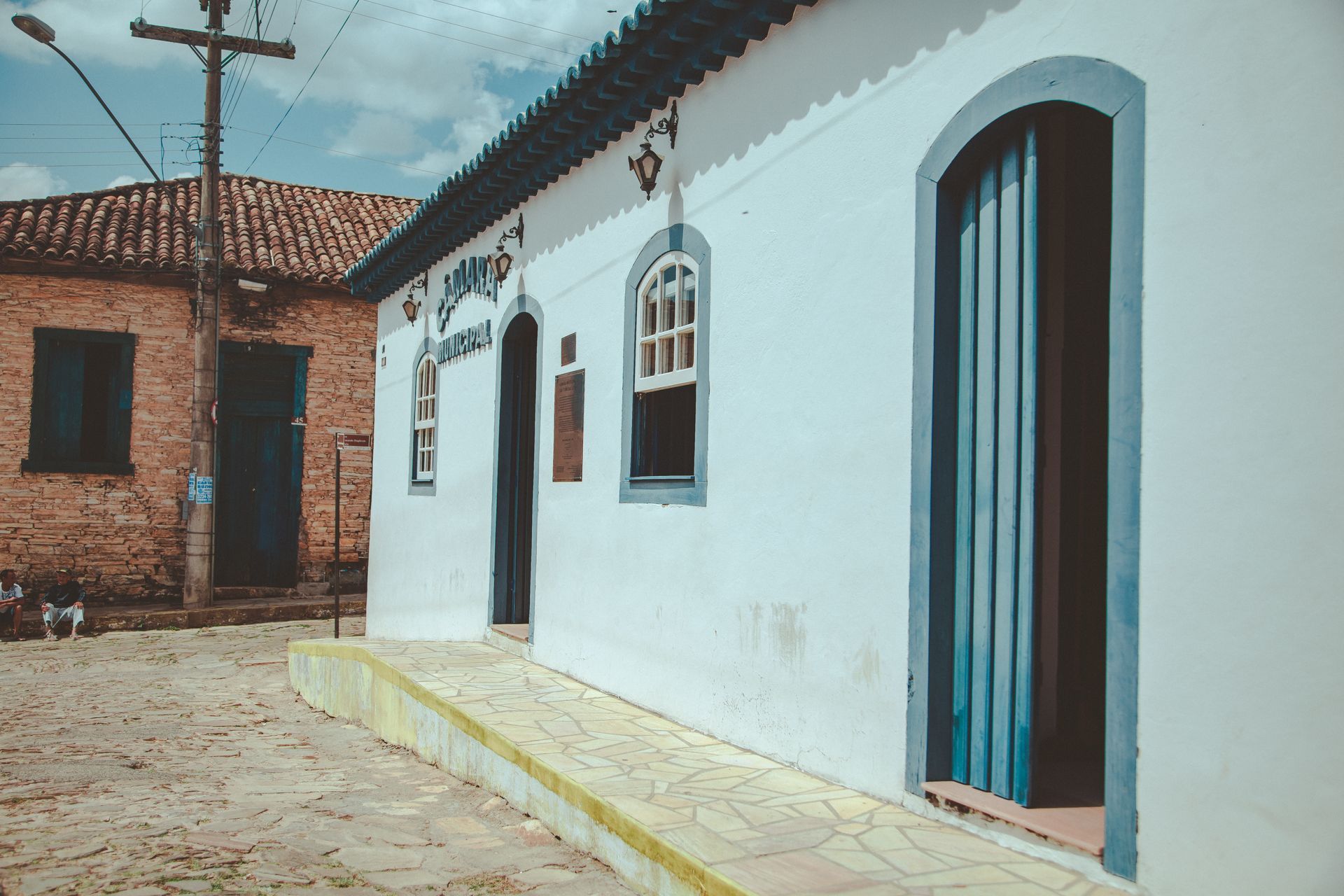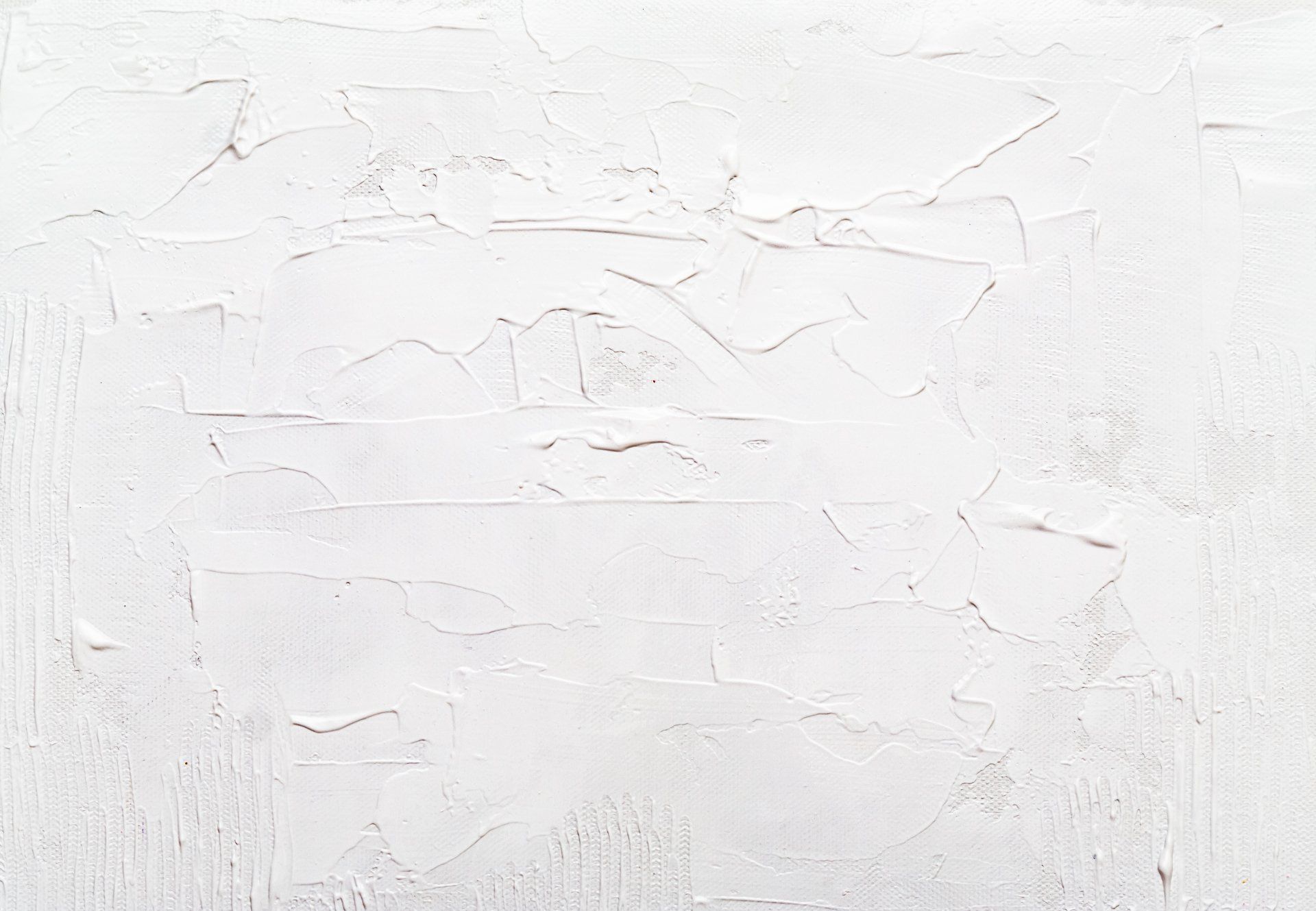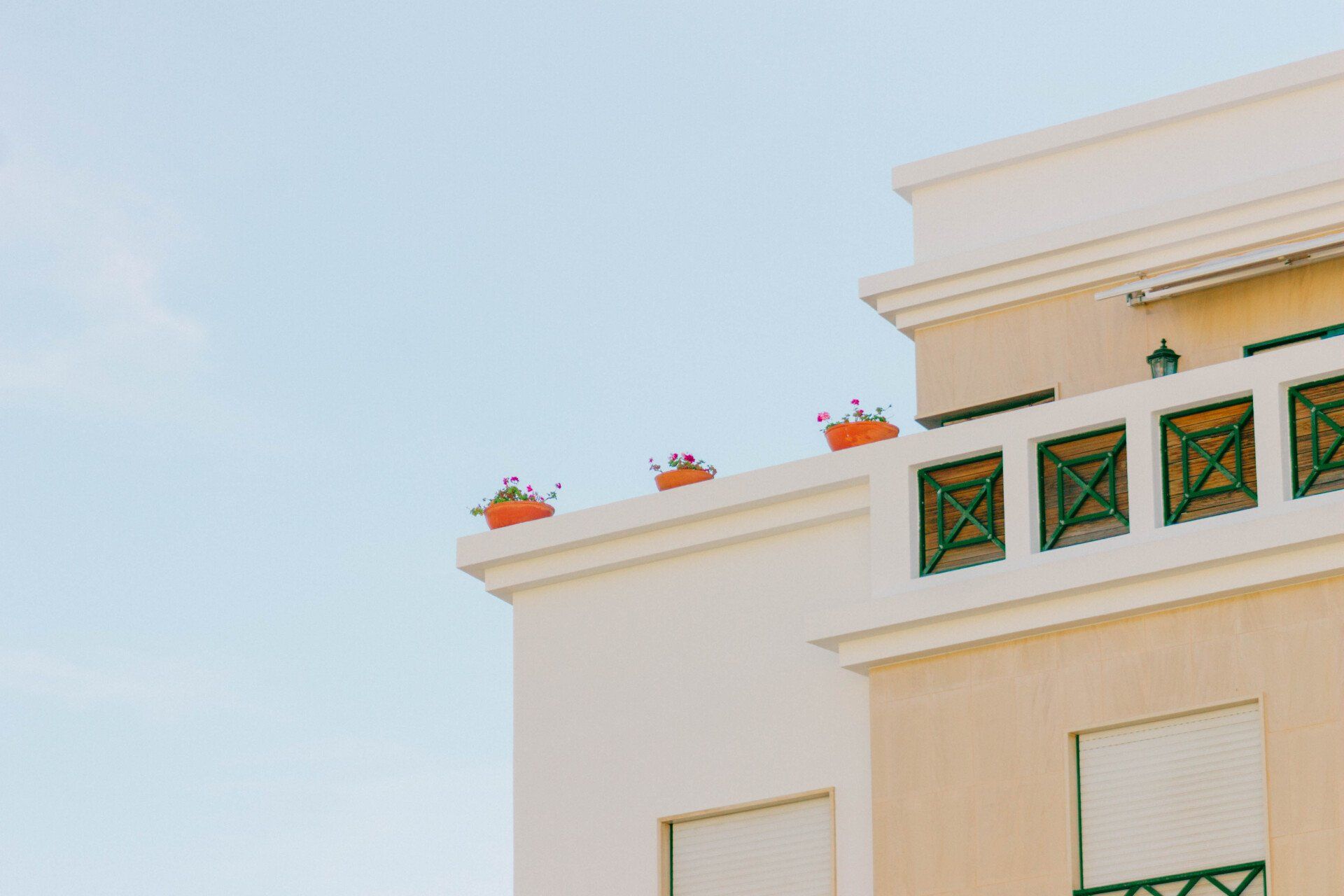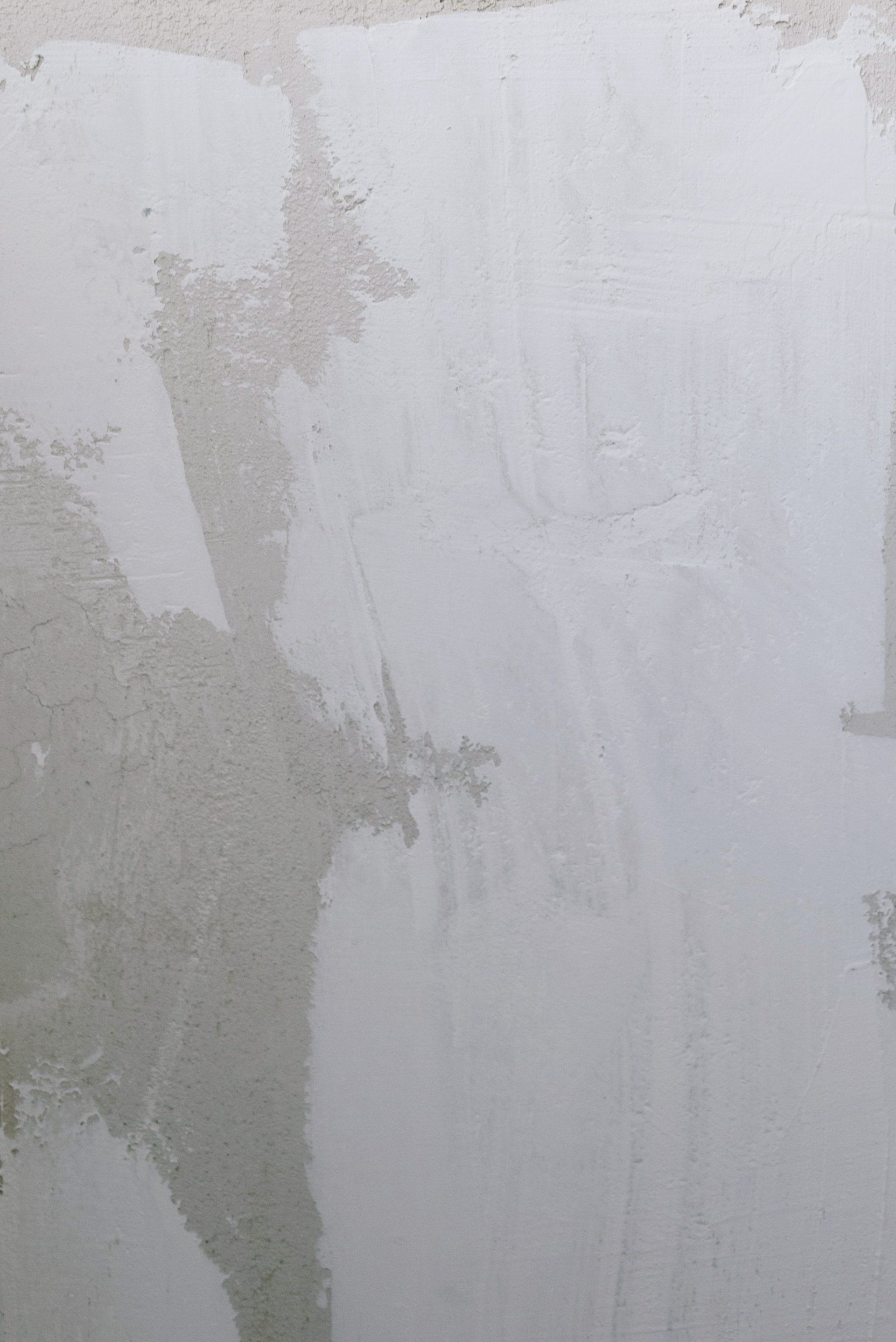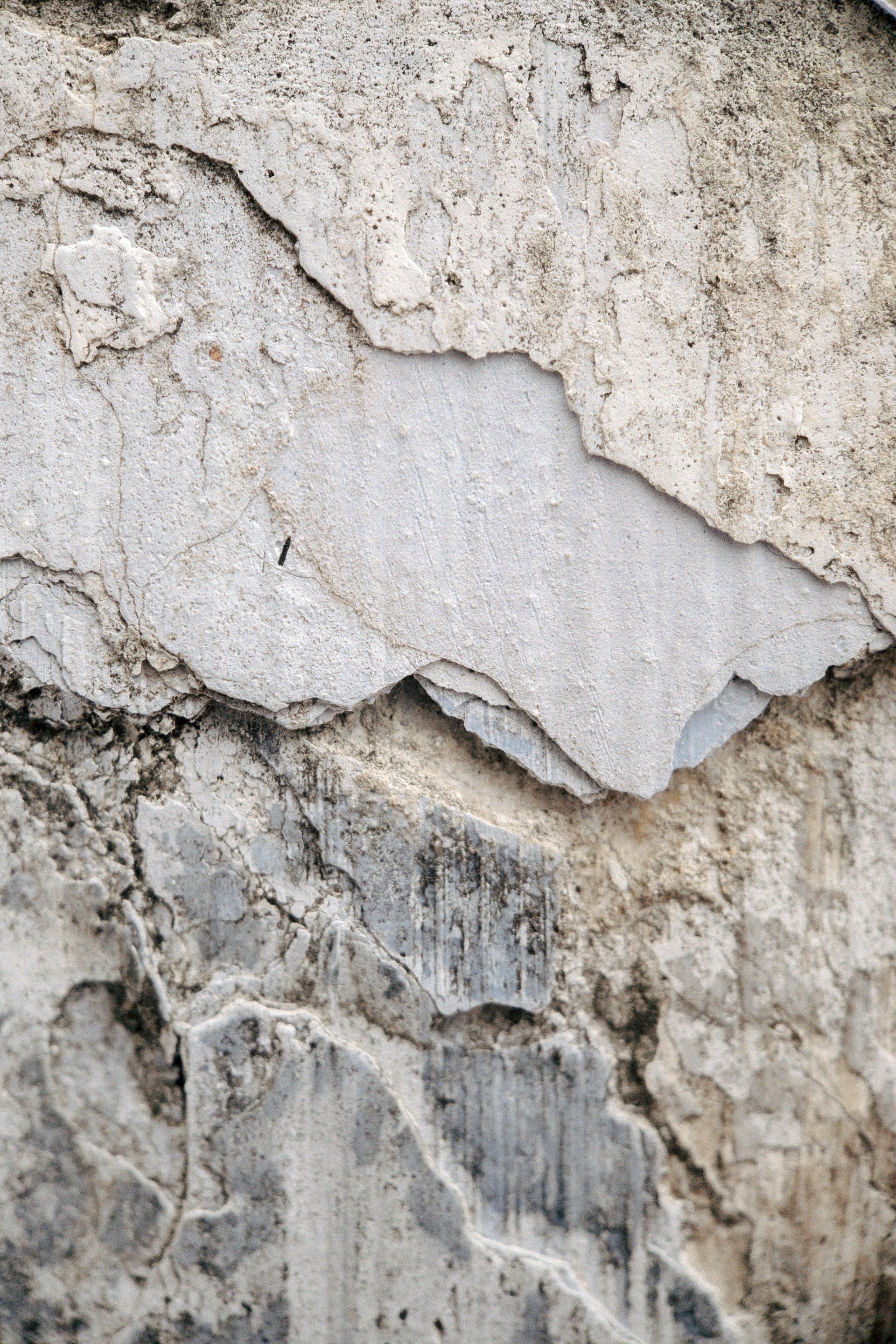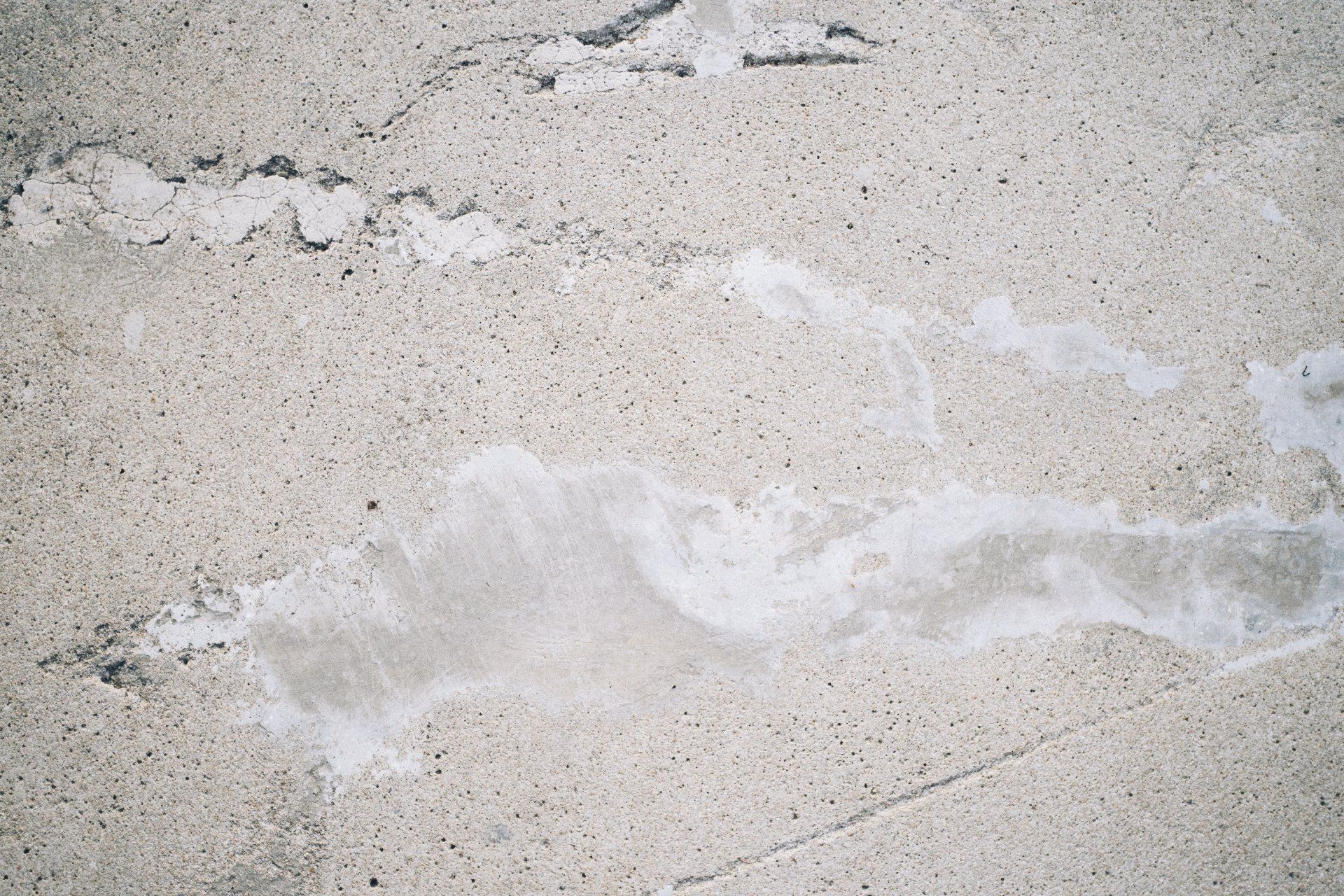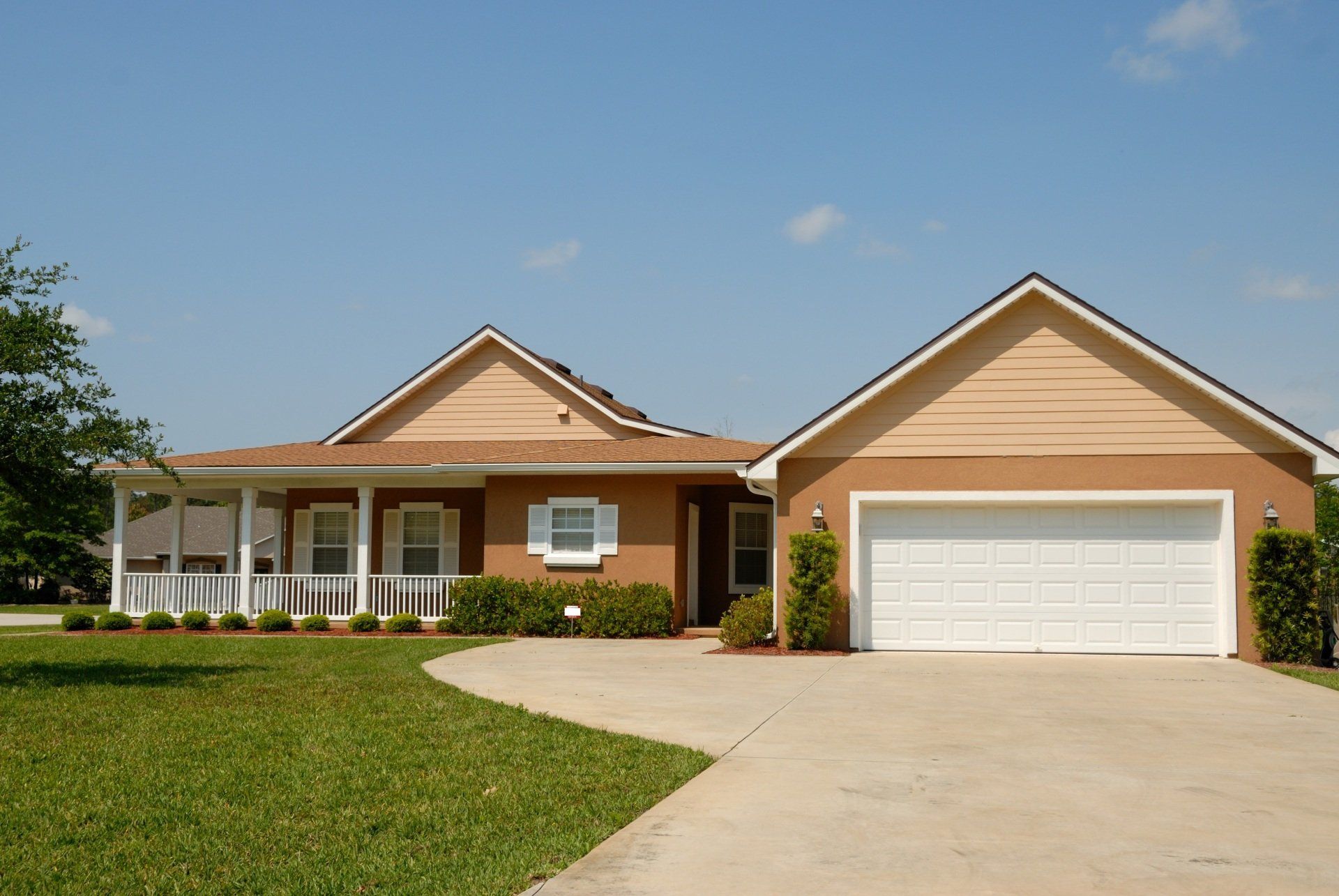Benefits of Choosing Acrylic Stucco for your home
Benefits of Choosing Acrylic Stucco for your home
When it comes to selecting the siding you want for your home, you can't go wrong picking stucco. It's a durable and attractive choice that is also energy efficient. The only decision you'll have to make is whether you want to opt for traditional stucco or acrylic. Both are equally beneficial, and the benefits of acrylic are rapidly making it a top option.
What is the purpose of acrylic stucco?
Stucco is a mixture comprising cement, sand, lime, and water. It is a favorite among homeowners due to its ability to be fire-proof and offers an energy-efficient design. Acrylic stucco is a different option from stucco that is traditional. It is composed of polymers, acrylic resin, and sand. This means it is manufactured synthetically instead of an organic mix. However, it is as durable, long-lasting, and low-maintenance like traditional stucco. Additionally, it provides natural advantages because of its synthetic character.
It is water-resistant, elastic, and flexible.
Traditional stucco is known to take in water; however, its porous properties allow it to dry gradually. However, the risk is when the stucco becomes too saturated and fails to keep water out. If water gets in enough of the house, it could cause expensive damage. However, acrylic stucco is naturally able to repel water. It also keeps its color even when wet, which means it won't become dark as traditional stucco.
When stucco expands with the changing weather, it is at risk of developing hairline cracks that appear on its surface. These cracks are simple to repair; however, they also increase the chance of water leaking into the structure and causing damage. Since acrylic stucco is flexible and elastic, it's unlikely to suffer from hairline cracks. The majority of homeowners add an acrylic finisher on their stucco in order to give it the same flexibility. With acrylic stucco, you'll naturally gain the flexibility you want. You won't have the worry of cracks appearing or having to reapply a finisher and will instead be able to take advantage of your low-maintenance stucco for a long time.
The color options can be customizable.
The texture of acrylic is generally applied using a sand-float finish, giving it an attractive and delicate look. Although acrylic isn't as rich in its textures, it compensates for the difference with a greater variety of colors. Whatever shade or color you'd like to paint your house can be incorporated into acrylic stucco, even darker shades. Once the stucco is installed, the color remains consistent and won't get darker after being wet. Because of the broad range of colors, acrylic is an ideal siding for combining different exterior finishing. Stone veneer, for instance, is a stunning and complementary option with an innovative acrylic stucco finish.
Employ the experts to assist.
Because acrylic can "dry" in contrast to "cure" as stucco does, it is essential to select a contractor with the appropriate capabilities. Acrylic should also be at the correct temperature for application because it drys on the exterior. A professional will be aware of the proper temperature and application method to make sure that the acrylic stucco is put in the right place on the first try. While acrylic stucco may be the more costly option but it's worth the investment and will provide an increase in value for your home.
Ready to work with Saskatoon Stucco Artisan Experts?
Let's connect! We’re here to help.
Send us a message and we’ll be in touch.
Or give us a call today at 306-900-4479
More Tips, Tricks & Tools
